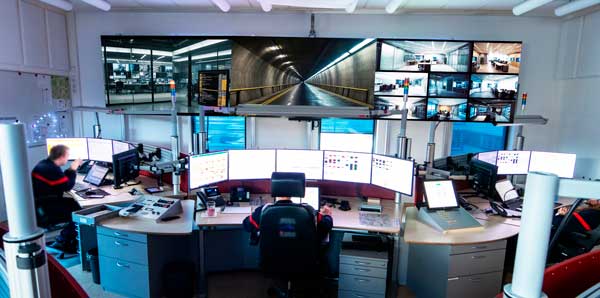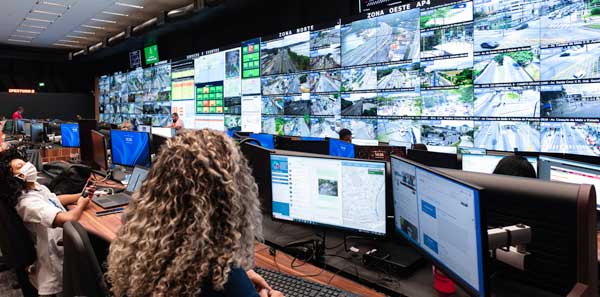
The New Era of Urban Response: How Technology Is Redesigning Incident Management in Brazilian Capital Cities

By Marcelo Saraiva, CTO of MultiVis
In any city, the difference between control and chaos lies not only in the resources available, but in how they are organized over time. Anyone involved in the daily operations of public administration knows that incidents—such as traffic accidents, falling trees, flooding, thefts, or spontaneous protests—are not exceptions: they are the rule. And the larger the city, the greater the challenge of responding effectively, quickly, and in a coordinated manner.
This is the turning point where many Brazilian capitals are beginning to move forward. Urban management is no longer confined to the futuristic promise of “smart cities”; it is becoming a reality through the implementation of integrated incident management platforms. These systems are designed to centralize visualization, decision-making, and operations, connecting distinct sectors of public administration—security, traffic, civil defense, sanitation—within a unified structure.
The core of this transformation is not just in the interface, but in the process. What makes management effective is its capacity to respond through well-structured processes, based on SOPs—Standard Operating Procedures.
Rather than relying on the intuition of a single operator or an improvised meeting between departments, the city begins to act according to predefined flows: each type of incident automatically triggers a set of tasks, with clearly assigned responsibilities, defined deadlines, and full traceability at every stage.
This is operational intelligence turning improvisation into methodology.
But for this to work in real time, cities must be seen through new eyes. This is where one of today’s most disruptive advances comes into play: automated video analysis applied to urban cameras. Thanks to artificial intelligence algorithms, it is now possible to do much more than passively monitor images. Video analytics systems detect suspicious behavior, recognize the faces of fugitives, identify license plates of stolen vehicles, and automatically alert operators to abandoned objects or unusual movement patterns in sensitive areas.
Recent cases in Brazil have demonstrated the real-world impact of this technology. Cities operating with camera networks integrated with facial recognition systems have been able to identify and locate fugitives in real time—even in high-traffic areas such as bus terminals and commercial zones. Likewise, the use of LPR (License Plate Recognition) has enabled the near-instant recovery of stolen vehicles, triggered immediately after an alert is registered in the system. These are responses that once took hours—or never happened at all—and now occur in minutes, driven by algorithms, cross-referenced databases, and data integration.
More than just efficiency, this is intelligence applied to public safety. And all of it happens within a digital command center that organizes information, triggers protocols, notifies those responsible, and logs the complete history of each incident from beginning to end. This is a city model that learns from each event, wastes no time on redundant communication, and continues to function effectively even under pressure.
Moreover, the impact of this transformation goes beyond immediate response. With the digital structuring of data and operational flows, cities gain a powerful historical repository—rich in patterns that can be analyzed to anticipate future risks, better allocate resources, refine public policies, and improve medium- and long-term planning capabilities.
It is important to emphasize: no technology replaces the public manager or the frontline operator. What these platforms do is support human decision-making, organize complexity, and enhance the ability to act with accuracy. The decisions remain human—but now they are better informed, more agile, and more secure.

Multivis Fusion emerges as the bridge between strategic vision and operational execution. Designed to be the coordination core of urban command centers, Fusion consolidates data from multiple sources, automates operational procedures, integrates cameras with intelligent analytics, and distributes tasks in real time across agencies—all within a single, responsive interface. Its architecture is purpose-built for the complexity of large urban centers, where information must flow securely and response must be precise. By adopting Fusion, a city operates with a collaborative digital brain that organizes chaos, anticipates risks, and transforms incident management into a coordinated, measurable, and truly effective action.
We are entering a new era of urban governance. And it is not about technology for technology’s sake. It is about delivering public service that rises to the level of the dynamism, the risks, and the expectations of a population constantly in motion. When a city begins to detect risks automatically, assign tasks based on predefined protocols, and respond within minutes using data and intelligence, it is not just becoming more modern—it is becoming fairer, safer, and more human.
This is the kind of city we need to build. And fortunately, it’s already beginning to happen.